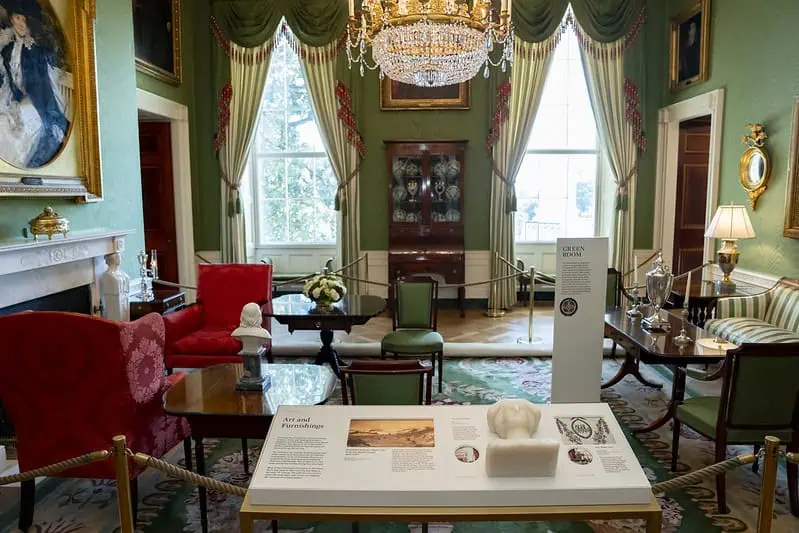If you’re planning a visit to any of America’s public lands, check out our Insider’s Guide to Recreation.gov. In the meantime, here are a few permits, reservations and events to look out for this month.
In November 2024, the Grand Canyon National Park celebrates Native American Heritage Month with a series of cultural events and educational programs that honor the rich heritage of the Indigenous tribes connected to this iconic landscape. The park will host storytelling sessions, traditional dances, and arts and crafts demonstrations led by members of local tribes, including the Havasupai, Hopi, Navajo, and Zuni.
These events provide visitors an opportunity to learn directly from tribal members about their deep connections to the canyon, cultural practices, and conservation efforts. Special guided tours will highlight sacred sites and historic tribal contributions to the park’s history. Ranger-led discussions and film screenings will offer insights into the ongoing partnerships between the National Park Service and Indigenous communities.
The month’s events aim to foster a deeper understanding of Native American culture, honoring the legacy and living traditions that have shaped the Grand Canyon for centuries.
Hiking The Narrows top-down offers a unique and less-crowded perspective of one of the most iconic slot canyons in the world. This 16-mile hike follows the Virgin River from Chamberlain’s Ranch down to the Temple of Sinawava and requires a wilderness permit. Unlike the popular bottom-up hike, which starts from the Temple and allows hikers to go only as far as Big Spring without a permit, the top-down route gives access to the entire canyon’s length, including remote sections not seen from the bottom.
The hike typically takes 10-14 hours for experienced hikers, or it can be done as an overnight backpacking trip. Starting at Chamberlain’s Ranch, the upper Narrows’ sections are tranquil and narrow, with sheer canyon walls that soar hundreds of feet overhead. The route involves river crossings, wading, and at times swimming through deeper sections.
The top-down experience requires more endurance and navigation skills than the bottom-up, with hikers fully immersed in nature’s isolation and beauty. Gear, including water shoes, a walking stick, and sometimes wetsuits in cooler seasons, is recommended to handle the cold water and slippery rocks, making top-down a truly unique and rewarding adventure.
A wilderness permit is required for hiking The Narrows from the top down. Permits are issued on a first-come, first-served basis.
Note: you do not need a ticket, permit or reservation to enter Zion, ride the shuttle, or hike The Narrows going upstream.
Muir Woods National Monument is an unforgettable destination for those looking to experience California’s towering coast redwoods. Located just 12 miles north of San Francisco, it’s a short drive yet feels like stepping into another world.
The ancient trees reach up to 250 feet tall, creating a lush, green canopy that immerses visitors in a quiet, awe-inspiring landscape. Alongside well-maintained boardwalks and trails, visitors can explore various routes ranging from easy loops to more strenuous hikes that connect with nearby Mount Tamalpais State Park.
To visit, a parking reservation is required due to Muir Woods’ popularity and limited parking. Reservations must be made in advance online or by phone, as there’s no same-day availability at the monument. Parking and shuttle reservations are available to provide flexible access while managing visitor numbers and protecting the ecosystem from overuse. Early morning or weekday visits are ideal for a quieter experience.
Whether for a quick walk or a longer hike, Muir Woods offers a peaceful retreat, showcasing one of the finest old-growth redwood forests in the world.
White House tours have a rich history, dating back to Thomas Jefferson, who first opened the President’s House to the public in 1805. Since then, tours have evolved to accommodate increased security, growing interest, and changing presidential administrations.
Since her role began, First Lady Jill Biden has introduced thoughtful enhancements to the visitor experience, emphasizing educational and historical engagement. The latest additions include digital installations that give visitors a closer look at historic artifacts, redesigned public spaces to showcase diverse American artists, and improvements to the White House Garden with pollinator-friendly plants that reflect her focus on environmental health.

Today, White House tours are highly popular, attracting an estimated 500,000 visitors annually. To tour the White House, U.S. citizens must request tickets through a member of Congress. Requests should be made at least 21 days in advance, as tours are limited and granted on a first-come, first-served basis. Free of charge, the tour includes an exploration of the East Wing, public rooms, and glimpses into the First Family’s history. It’s a great chance to experience firsthand the vibrant blend of history, art, and civic pride that the White House represents.
Top photo in Zion Narrows by Dave Collins, www.cleverhiker.com

